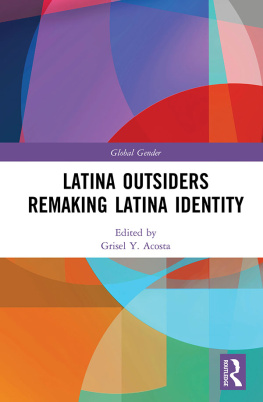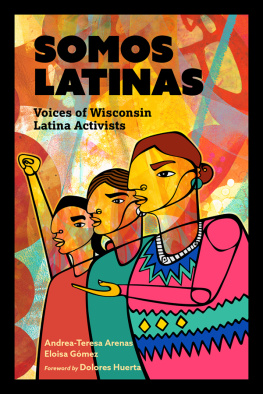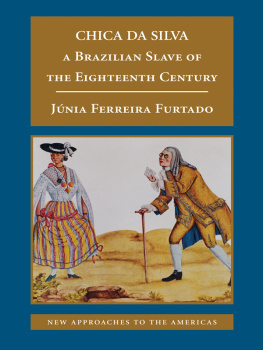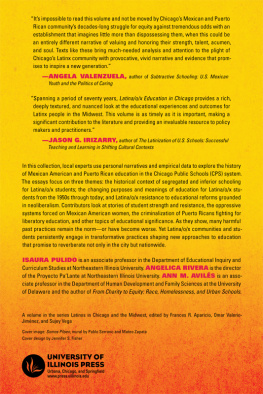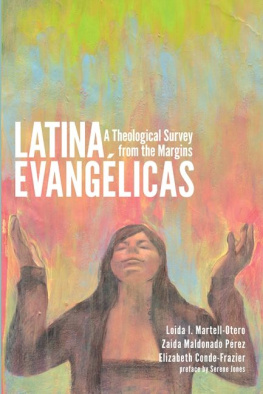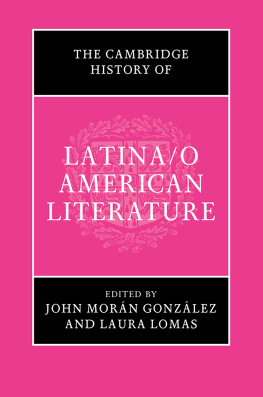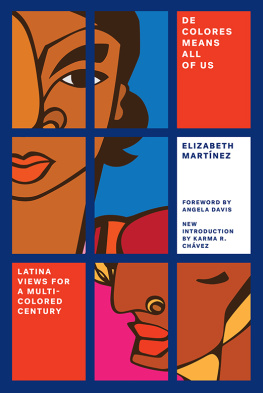This book would not exist if it were not for Frederick Aldama, and his kindness and cheer saw it to the finish line. I must also thank Iyaki Rodeo, Suzanne Bost, and Frances Aparicio for giving me the opportunities to publish my initial work on chica lit. Pamela Gilbert and Kenneth Kidd gave me unwavering support on this project. Efran Barradas unquestioningly had my back; Brigitte Aaron-Weltman and I shared many cups of tea over discussions of our work. My graduate students at the University of Florida, especially Gabriel Mayora, shared ideas and offered firm encouragement, as well as patience, while I finished writing. Judy Page, the director of Womens Studies at the University of Florida, gave me the administrative time off I needed to write. Arlene Dvilas work and her personal encouragement spurred me on. There are many others who assisted me in this work, too numerous to mention. Although their names are not here, I thank them also.
Chapter 1
Genre and the Romance Industry
As I have noted, the formulae of womens genre fictionthat is, the accepted and, most importantly, familiar plot patterns and conventionsparticularly of the romance novel and contemporary chick lit, act as processes or doings, as Frederick Aldama and Ramn Saldvar note, for constructing as well as working through answers to questions about womens cultural and economic options.stated concerns with ethnicity and Americanization, as well as with the undeniable facets of Latino and Chicano poverty and a growing US anti-immigration sentiment. It is quite possible to work creatively and even brilliantly within a forms constraints. Established writers may feel freer to experiment within the bounds of these forms but the more lucrative the romance and chick lit market, the more formulaic the writing tends to be, and the greater the emphasis is on new and up-and-coming authors to conform. And romance and chick lit publishing, including all the niche imprints and presses belonging to large houses, is very lucrative indeed. The Romance Writers of America (RWA), a nonprofit trade association, estimates from BookStats that by 2013 romance novelsa wide and encompassing categorysold 1.8 billion dollars worth of books (Romance Industry Statistics). Indeed, despite the assumption of new freedoms for writing and publishing opened up by the internet, these genre boundaries still constitute part of what is required by editors, publishing corporations, and retailers. And despite the growth of niche markets for African American romance and ethnic chick lit, we find upon closer examination that the nearer these books hew to strict genre elements, the more the narrative must struggle with the contradictory positions of its racially or ethnically marked heroines. In other words, the tools of popular genre cannot completely provide the narrative logic for putting ethnic womens bodies center stage.
Chica lit is different from white romance and chick lit in its use of Latina characters, as well as its sometimes overtly didactic nature. Yet because the genre conventions and publishing requirements of contemporary romance novels have provided a template for both chick and chica lit, it is helpful to look at the ways in which such a template functions, especially now, in the context of early twenty-first-century US corporate publishing. This chapter examines, first, the genre outlines of contemporary romance fiction and its relationship to chick and chica lit. Next, I continue my argument that genre formulae now work in a feedback loop with the requirements of mass marketing. We will see how romance and chick lit, and by extension, chica lit, are by their very nature as genre writing, embedded both within the exigencies for successful sales and within the cultural logic, already discussed above, of current US economic policies and practices.
CHICA ROMANCE
Besides chica lit, Mary Castillo and Lara Rios have also written Latina romances, or have had their chica lit books published by presses that specialize in romance fiction. The publisher of the e-zine Latinidad, Marcela Landres, offers interviews, advice, and tips for Latina/o authors looking to get published, especially by a large company. In her September 2, 2006, edition Landres gave this advice to Latina authors: I often advise writers to think of themselves as small business owners and their manuscripts as the product or service they sell. Mary Castillo took this concept one step further by composing a business plan for her writing career (Business Plan). Landres then features a brief interview with Castillo, in which she asks readers, Have you ever had an agent or editor who was not Latino tell you that the characters in your manuscript werent Latino enough? If so, youre not alone. Mary Castillo didnt let that stop her, and her persistence paid off in not one, but two book deals. Note that Mary met one of her editors at the RWAs National Convention. Further proof that writing conferences can be worth the price of admission (Q&A: Mary Castillo). The interview continues as Castillo discusses her experiences trying to get her first chica lit fiction published: I walked into the Publisher Spotlight session for Avon Romance at RWAs National Convention in New York, determined to take one more chance to find a home for Tamara.... So for those writers out there who are banging their heads against the walls because you dont have a chola, a hoochie mama, a barefoot peasant, or a mystical all-knowing abuelita in your story (Im being facetious!), there are publishers and agents looking for fresh and contemporary Latina stories (Q&A). Besides the (seemingly requisite) rejection of old school Latina/o stereotypes, a large part of chica lits success, then, is found in the fact that its business side is rootedin terms of genre as well as in market termsin contemporary romance. Yet romance novels themselves have morphed over the last couple of decades. Wendell and Tan in their Beyond Heaving Bosoms delineate between Old Skool and New Skool romance novels. Old Skool are the kind we typically associate with giant romance publishers such as Harlequin (sometimes used as a kind of generic reference to all romances of a certain basic type). The Old Skool romance, pareddown, according to Wendell and Tan, looks like this:
Boy meets girl.
Holy crap, shit happens!
Eventually, the boy gets the girl back.
They live Happily Ever After. (11)
As Wendell and Tan note, this formula is deceptively simple (11). Indeed, Pamela Regis notes in her A Natural History of the Romance Novel that the romance is old, flexible, and still ill-defined (7), although her work does attempt to define it: The romance novel is a work of prose fiction that tells the story of the courtship and betrothal of one or more heroines (14), and proceeds to enumerate its eight narrative elements. As she continues, she presents us with a pocket history of eighteenth- and nineteenth-century changes in womens status that effected changes in the romance: We found three sweeping society trendsaffective individualism (acting for ones own happiness), property rights for women, and... marrying for love... that informed, propelled, and inspired the courtships (108). Writing in 2000, Regis averred that in romance, these three motivations for courtship were already in place; now at the beginning of the US twenty-first century, these books present portraits of women in command of their lives (110). Regiss contention that in the requisite happy ending the heroine is freed [by overcoming the element of the barrier to love] and the reader rejoices does not tell us why marriage or romantic love, rather than some other triumph, must be the end result of this process. Nor do all contemporary romance (or chick lit, or chica lit) women characters begin the narrative as being in command of their lives. Indeed, chica lit imbues the twenty-first-century romances concerns with discourses of affective individualism and the question of womens property. In chica lit, these are translated into a neoliberal belief in the heroines individual power (sometimes helped by girlfriend power) to solve the seemingly private problems of her lifehow to be a Latina in the United States, how to be a modern woman, how to have time for a career and a romanceand made even more complex by uncertainties about contemporary access to the means of property, here transformed into worries about work and careers.


